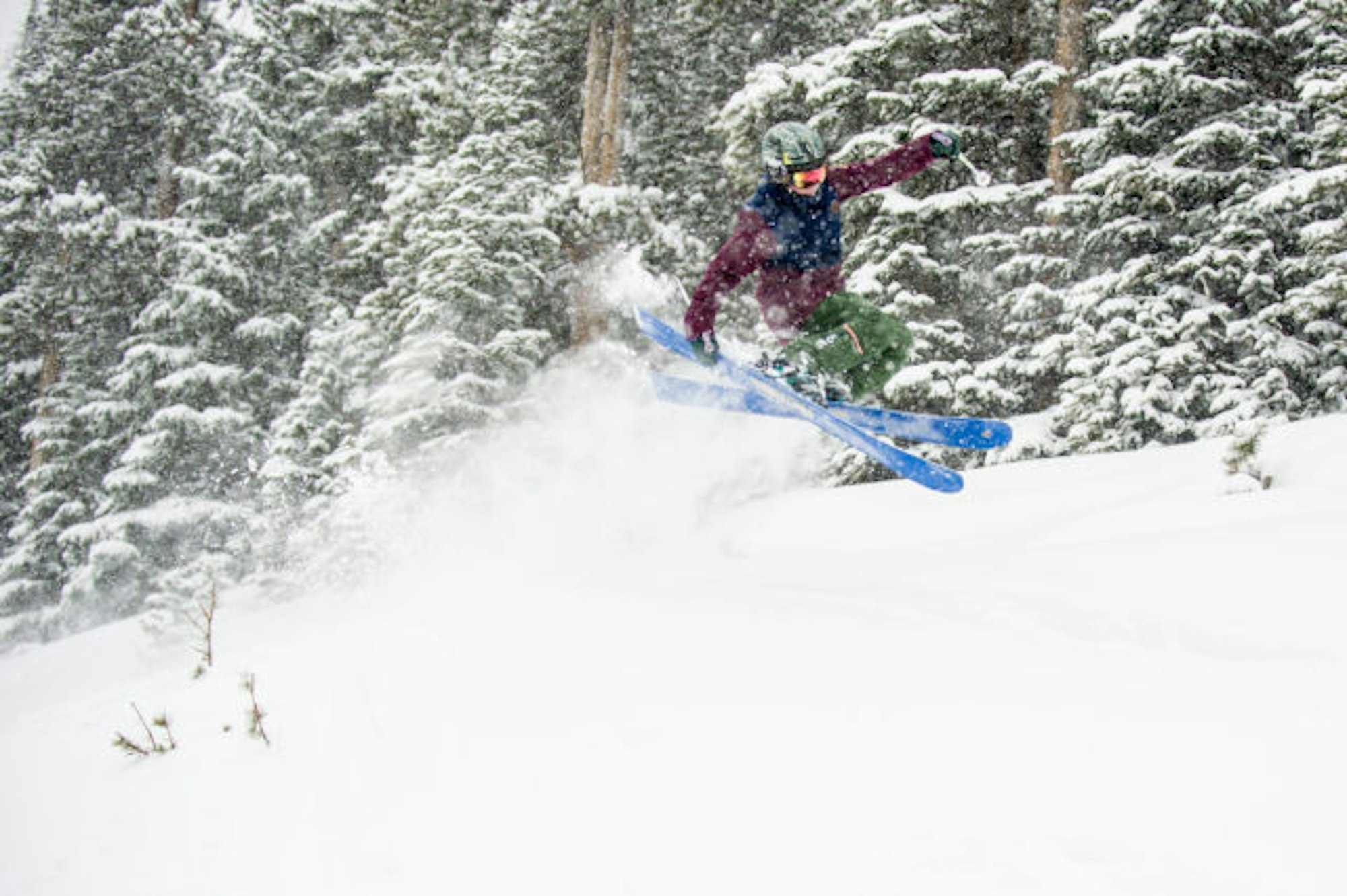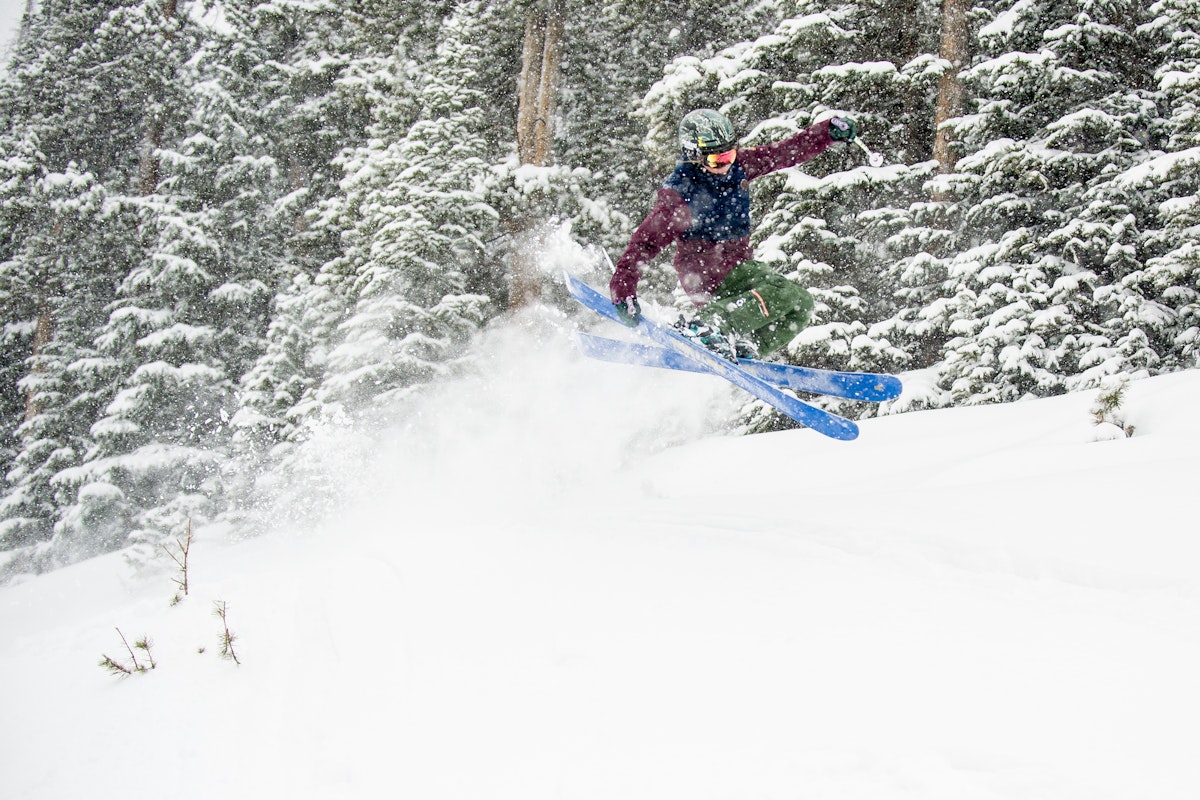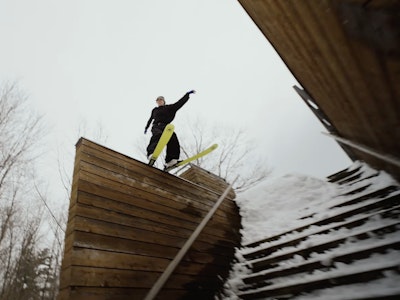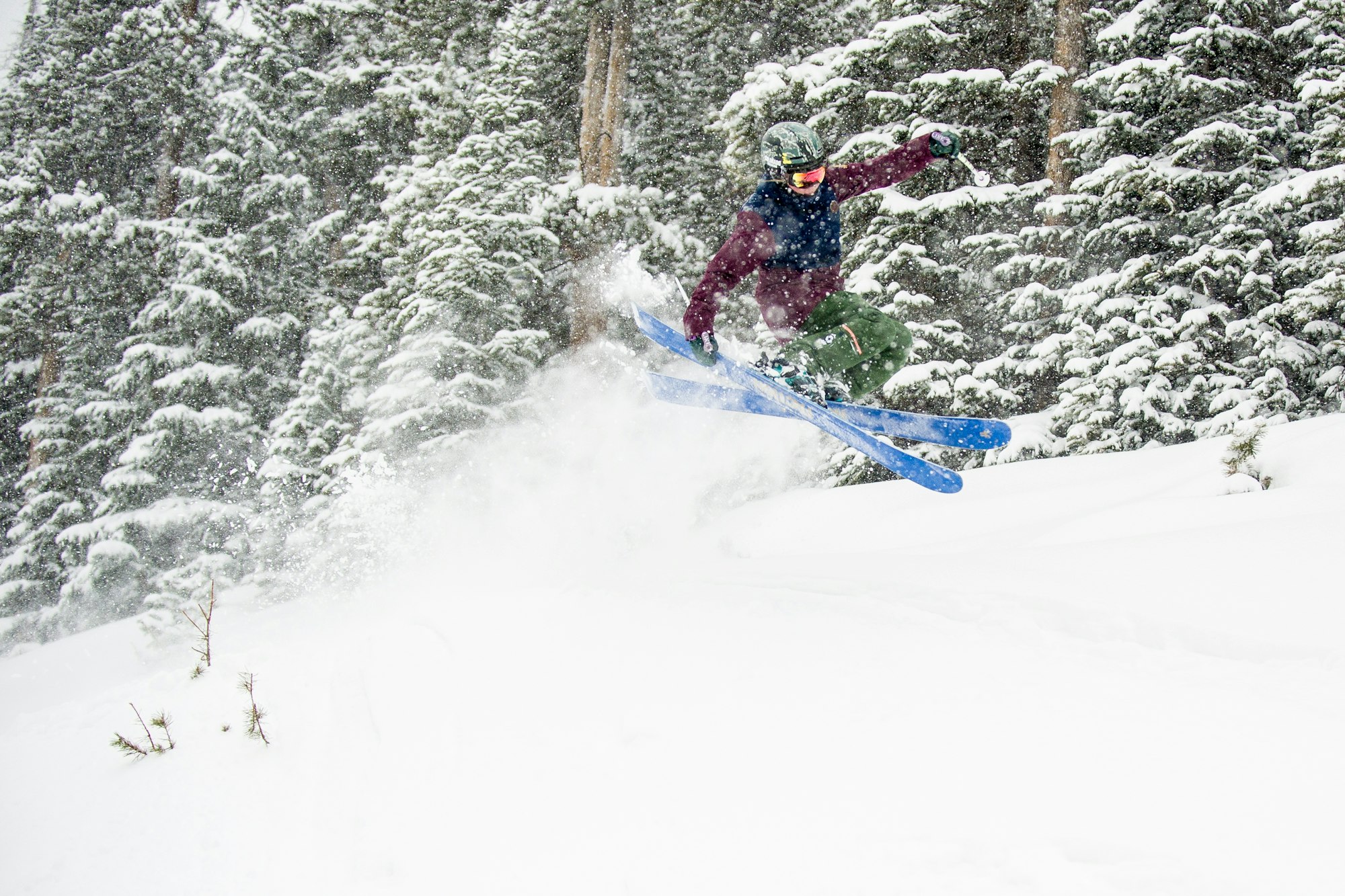On Thursday, Vail Resorts reached a deal that could produce up to 200 units of affordable housing near Keystone Resort. Land owned by Vail, referred to as the Wintergreen parcel, will be leased to Wisconsin-based Gorman & Co. for $35,400 per year, according to the Denver Post. In exchange, Gorman & Co. vows to build up to 200 affordable housing units for seasonal workers earning $12 an hour and under, in addition to area families earning year-round salaries. The plan still needs local permits and community review to move forward.
“In Gorman, we found a very knowledgeable and successful developer of workforce housing across the country, in communities similar to Keystone. We are extremely excited to move this project forward and deliver units that employees from across the county can live in,” explained Vail Resorts CEO Rob Katz in a statement.
This comes after increasing animosity in Summit County over housing issues this past winter. The Summit Daily reported the growing conflict in Summit County between Vail Resorts and its seasonal employees in the area who were struggling to find affordable housing. In December 2015, during two hour-long meetings at the Mountain House in Keystone, Vail Resorts informed a room full of employees that as a response to “growing density,” two-bedroom apartments that were housing two occupants were now going to have to accommodate four, and three-bedroom units would house up to five. The plan affected several hundred units of employee housing in Breck and Keystone.


The response from the room of ski instructors, lift operators, ticket sales employees, restaurant hosts/hostesses, hotel front desk representatives and other seasonal workers was overwhelmingly negative. The Summit Daily reported that one employee described the foreshadowed housing set-up as being “like a prison.” While another added, “Yeah, prison you have to pay for.” Vail had also just announced a $30 million plan for new housing projects across its resort communities in Colorado, Utah and California, but stated that the projects would take a number of years to develop.
Related: What is the reaction to Vail Resorts’ attempt to trademark the name “Park City”?
A booming tourism economy—according to Colorado Ski Country USA, the 2015-16 season was Colorado’s strongest on record with 7.4 million skier visits at its member resorts—has attracted a large contingent of people in search of mountain town jobs. And with more people, available housing has become scarce. At first glance, however, this new deal seems to be a step in the right direction and an effort by Vail Resorts to respond to the strife of many of its seasonal employees.
FREESKIER ski tester Mark Nowakiwsky samples the terrain at Breckenridge
“The housing crisis that hit our mountain resort communities last fall forced us to immediately go to work to explore any and all options to bring new, incremental housing online,” said Katz. “The Wintergreen workforce housing project is an impactful example of the kind of innovative and community-oriented development solutions that are needed to address real needs.”
As noted in a 2013 Summit County Housing Needs Assessment, 46 percent of Summit County households said that the issue of people who work in Summit County being able to find housing they can afford was one of the more serious problems facing residents. Only four percent said they didn’t believe it was a problem. It also stated that about 4,570 Summit County households, 38 percent of the total, are cost-burdened. In contrast, 36 percent of households in Colorado and the nation as a whole are cost-burdened.
Income inequality and affordable housing concerns have become a hot topic in ski towns, especially on the heels of a report from the Economic Policy Institute stating that Jackson, Wyoming has the biggest income disparity in the country.
With the tourism industry set to remain strong in mountain communities in which Vail operates—the company posted record season pass spring sales in 2016—this issue is bound to stick around for the foreseeable future.
Vail Resorts did not immediately respond to a request for statement for this story.



![[GIVEAWAY] Win a 4-Night Karma Campervan Rental and go Ski the Powder Highway](https://www.datocms-assets.com/163516/1767816935-copy-of-dji_0608-1.jpg?w=200&h=200&fit=crop)


![[GIVEAWAY] Win a Legendary Ski Trip with Icelantic's Road to the Rocks](https://www.datocms-assets.com/163516/1765233064-r2r26_freeskier_leaderboard1.jpg?auto=format&w=400&h=300&fit=crop&crop=faces,entropy)





![[GIVEAWAY] Win a 4-Night Karma Campervan Rental and go Ski the Powder Highway](https://www.datocms-assets.com/163516/1767816935-copy-of-dji_0608-1.jpg?auto=format&w=400&h=300&fit=crop&crop=faces,entropy)

